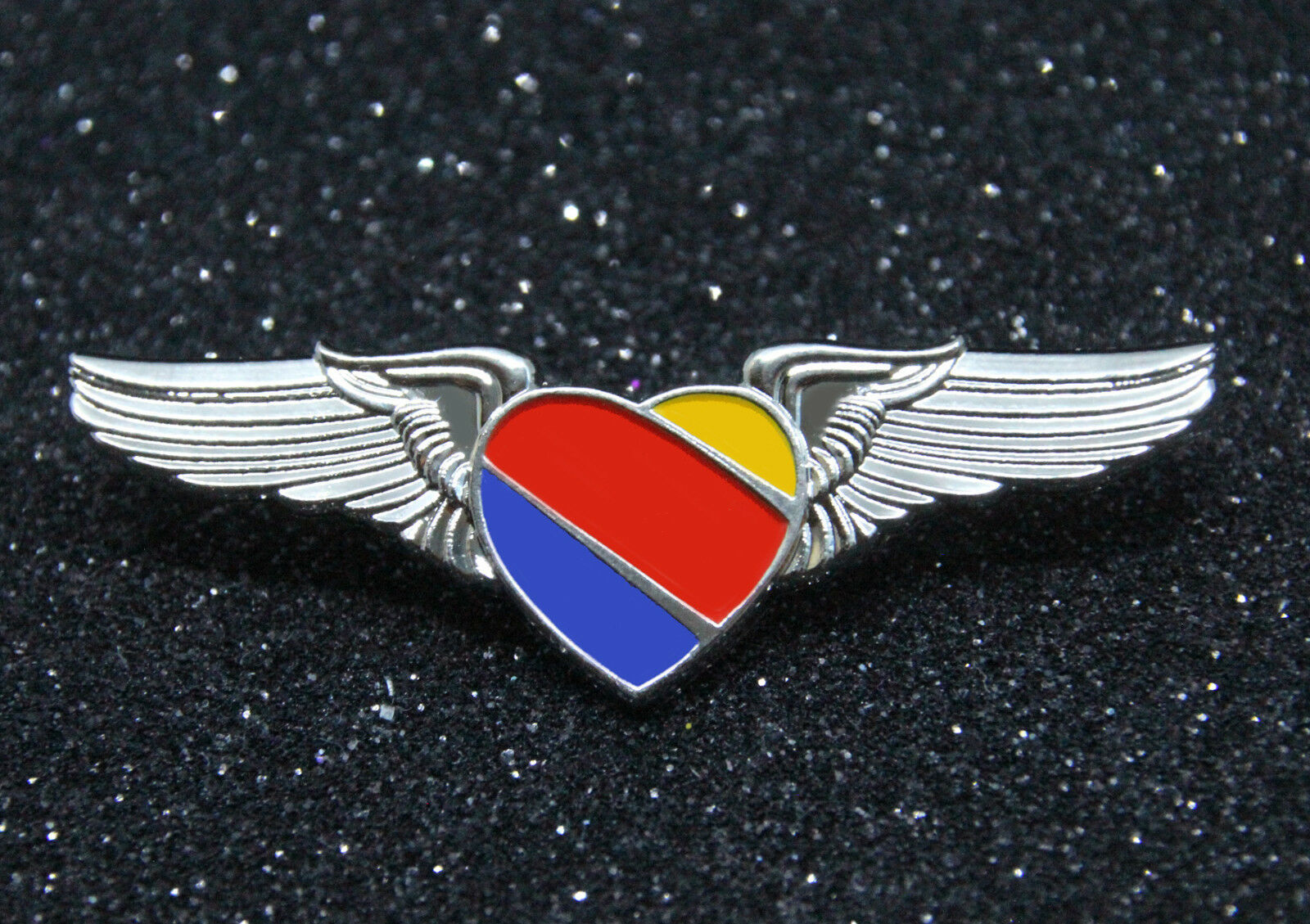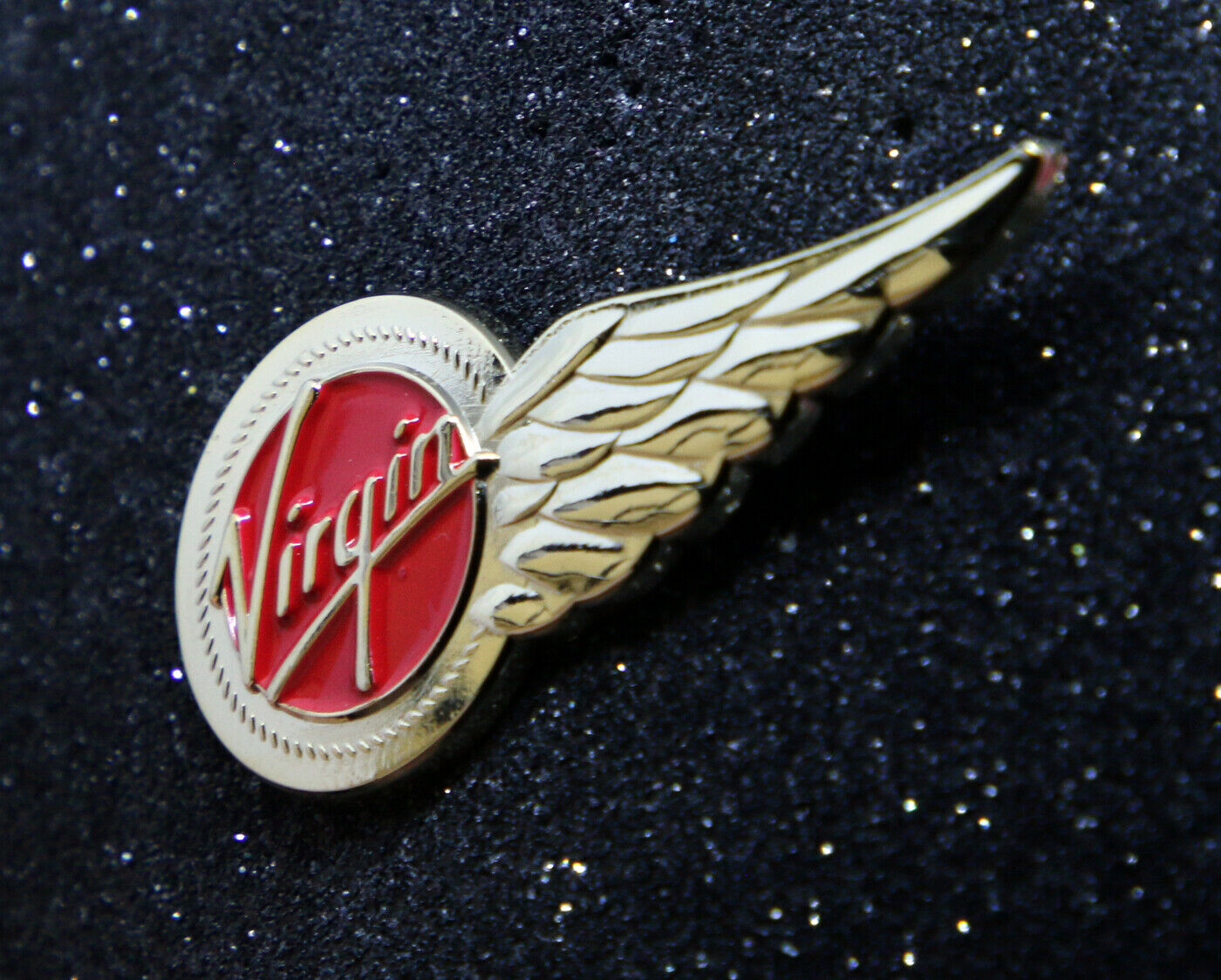-40%
RARE True Vintage (1931) Pilot Course Rates Aviation Document Collectible
$ 0.52
- Description
- Size Guide
Description
This rare and vintage one-page document is titled "Tuition Rates Effective Oct. 15 1931"Course rates are listed for Private Pilot, Limited Commercial, Transport Pilot, and Master Mechanic courses. Some rates guarantee employment after graduation with a wage of 60 cents per hour.
The below information regarding the air field is all I have been able to find to corroborate the document. See the name Lt. Murel Bouse on the document - noted as Manager of the Air College. Her name appears below as well for the time frame. One of the few female pilots of the day?
The below information is from the web page for the Davis-Monthan Aviation Field Register
ST. LOUIS, MISSOURI AREA
Twenty pilots, including four military fliers and one female pilot, called St. Louis their home base. Three pilots arrived at Tucson from St. Louis, and ten identified St. Louis as their final destination. Among them were some notables:
Ruth Stewart
,
Casey Lambert
,
Charles Lindbergh
,
Hub Fahy
,
Wiley Post
and
Clare Bunch
. There were several Golden Age airfields in the greater St. Louis area.
---o0o---
LAMBERT FIELD
One possible destination for civilian pilots was Lambert Field, later Lambert-St. Louis Airport. Lambert Field, below, was located 13 miles northwest of St. Louis, adjoining the village of Robertson on the southeast. The airport was named in honor of Major Albert Bond Lambert, formerly of the U.S. Air Service, who created and maintained the field for public benefit at his own expense from 1920 to 1928. I believe Albert Bond was Casey's grandfather. Can someone
corroborate
?
Below, this terrific glass negative print is shared with us by Tim Kalina (right sidebar). Mr. Kalina says about the image, this is a, "...scan taken from an old, original glass negative. The negative’s sleeve is marked ‘Lambert Field, aerial, 6/12/31’. Unusual to find a glass negative being used at this date." For this page, I left the image uncropped so you can appreciate the time-weary edges where the emulsion separated from the glass.
Lambert Field, 1931
(Source: Kalina)
Below, another image of the Lambert from a different direction and altitude. This image, from 1933, is in the airports reference cited in the left sidebar. A feature of this image is that the airfield is also pictured in 1920 in the smaller inset at bottom right.
Lambert Field, 1933
From this reference, it is clear that Lambert in 1933 was a real hub of midwest aviation activity. It was 350 acres with turf and oil-treated runways (compared with the glass negative, this second image appears to be retouched to enhance the runway geometry), as well as four asphalt runways. The concrete apron at left served the runways from the hangars serving the airfield.
There was a telephone on the field, number: Avery 585. There was a two-way aeronautical radio station, KGTR, operating at 278 Kc, and a Department of Commerce (DOC) station, KCQ, operating at 290 Kc. This latter was coupled with a DOC radio range beacon, signal "D", at 290 Kc. Click
here
to see an example of radio range beacon signage from Wink, TX. Weather reports were on the field.
A restaurant and hotel were at the field, and other accommodations were available in the city, which was a 75-cent taxi fare away. There was also a bus at fifteen minute intervals.
Fuel, oil and storage facilities were available, as was a licensed repair depot with licensed mechanics day and night. There were no landing fees or lighting charge.
Operators in 1933 at the field included American Airways, Inc., Braniff Air Lines, the Curtiss-Wright Airplane Co., Monocoupe Corporation, Rapid Air Transport, Inc., Robertson Airplane Service Co., Transcontinental & Western Air, Inc., U.S. Naval Reserve Aviation Base and the 35th Division Aviation, Missouri National Guard. Pilot training, aircraft sales and service were provided by the Murel R. Bouse Sales & Service Co.
Below, the entry in the
1937 airport directory
. Of interest, if you compare carefully the information from 1933 above with that of 1937 below, is the difference in frequency assignment for station KCQ (290 vs. 209 Kc). As well, the call sign for the lower frequency 278 Kc station is different (KGTR vs. KGSA). I do not know which is in error, or if the data actually did change between 1933 and 1937. You'd like to think the U.S. government information is correct, as it is the "official" information that, by law, airmen use for communication and navigation.
Lambert Airfield Official Information, 1937
---o0o---
PARKS AIRPORT
Another location in the Greater St. Louis area was
Parks Airport
, located in Cahokia, East St. Louis, IL. An entire Web site is devoted to this field and its pilot Register. All of it may be viewed at the link.
---o0o---
CURTISS-STEINBERG AIRPORT
Yet a third location in the Greater St. Louis area was
Curtiss-Steinberg Airport
. A complete history of the facility is at the link.
---o0o---
SCOTT FIELD
One possible destination for military pilots in the St. Louis area was Scott Field, which became Scott Air Force Base in 1948. Below are two images of Scott Field from the late 1930s when it was in transition from a lighter-than-air facility (refer to the bottom link in the left sidebar for history details).
Scott Field, September 25, 1938
(Source: Air Corps)
The annotation on this image cites buildings to be torn down during the transition (denoted with X's). The large hangar at top housed the airship USS Shenandoah, which flew over Tucson October 10, 1924. You may see images of this overflight
here
at the
Cosgrove Collection
on this site. Register pilot
Emile Choureé
was killed at Scott Field.
Below, another image of the field from the opposite direction. The back of this image simply says, "Scott Field 10-1-38". Comparing the two images, it appears that a lot of the roof of the Shenandoah hangar had been removed in the six days between photographs. The other buildings X'd to the left of the photo hut (above) still appear to be standing in the image below.
Scott Field, October 1, 1938
(Source: Air Corps)











